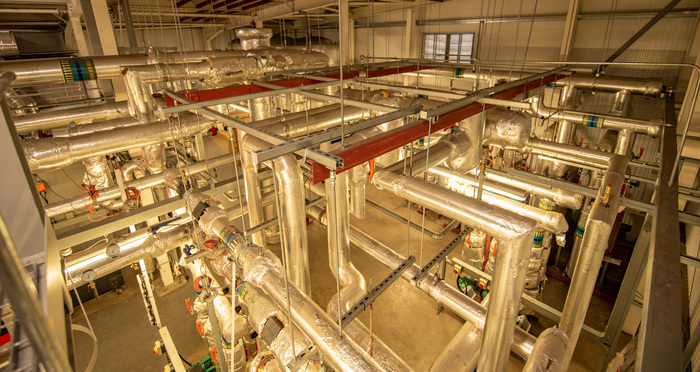Highland Council to explore heat networks in Inverness

The Highland Council is taking the next step in its journey to net zero by exploring the development of city-wide heat networks in Inverness, as part of the council’s Local Heat and Energy Efficiency Strategy (LHEES).
Members of the council’s Climate Change Committee met recently to review progress on the project.
Chair of the Climate Change Committee, Councillor Sarah Fanet, said: “This strategic study is a key part of our Local Heat and Energy Efficiency Strategy and a big step forward in helping Highland reach Net Zero.
“Heat networks are already common in countries like Denmark, and we’re now looking seriously at how they can work for Inverness too. Done well, they can offer more sustainable and affordable heating, especially for places like care homes, hospitals, social housing, and retirement complexes.”
The LHEES is a legally required strategy for every local authority in Scotland, setting out a clear plan for how carbon emissions can be reduced from heating buildings and improve energy efficiency across the Highlands. Through this work, Highland Council has identified areas across Inverness that may be well suited for a future heat network—an energy system that could bring long-term benefits for our communities, economy, and environment.
So far, four potential heat network zones have been identified in areas with higher energy demand. These zones include large public buildings and housing estates, where collective heating could make the biggest impact. The next phase will assess technical options, costs, and the best models for delivering heat networks in these areas.
Councillor Fanet added: “This work is about reducing emissions and making energy more affordable. But it’s also about building long-term resilience into how we heat our homes and public buildings. We’ll be working closely with partners and communities to make sure this opportunity brings real social and economic benefits for the people of Highland.”
Heat networks, also known as district heating, work by supplying low-carbon heat from a central source to a group of buildings such as homes, schools, care homes, hospitals or offices. Instead of a boiler or electric heater in each building, the heat is shared more efficiently, which can help cut energy bills and reduce our carbon footprint.
The Highland Council secured funding through the Strategic Heat Network Support programme, provided by the Heat Network Support Unit—a partnership between the Scottish Government, Scottish Futures Trust, and Zero Waste Scotland. This allowed the Council to undertake a strategic city-wide feasibility study to assess opportunities for developing heat networks in Inverness.
















